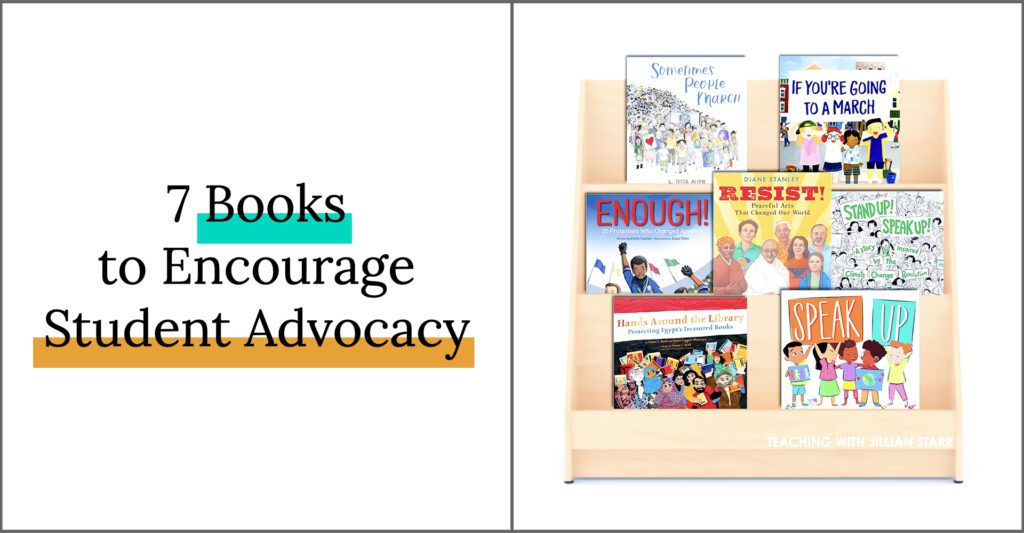
Speak up! Use your voice! Resist! Finally, these messages of student advocacy have reached the mainstream!
But, the idea of advocacy can be daunting, especially for a young student. What does it mean to speak up? When is it appropriate to use my voice? What are different ways people can resist and fight injustice? No matter how excited to fight for justice, our students’ inquisitive minds need support in knowing how to advocate and what these words and phrases mean.
So, how do you address these questions? Like building a culture of empathy, read alouds are a great place to start! That’s why I’ve gathered seven of my favorite books that encourage advocacy in our young students. They range from narratives about historical moments to guide books on how to prepare for a protest. While varied, each book contributes to students’ understanding of advocacy and civic engagement. These books emphasize the many moments in life when you can use your voice. Additionally, they each contribute to a growing advocacy vocabulary. Who knows? Perhaps these books will even inspire a student advocacy word wall!
1. Speak Up! by Miranda Paul
Vocabulary for Student Advocacy: Ally and Justice
This book is an all-time favorite for introducing the idea of using your voice for change. Speak Up! by Miranda Paul is a playful, rhyming journey that emphasizes the importance and power of using your voice. Miranda Paul walks us through a typical school day. She points out many moments in a day when a student can engage in advocacy, even when it isn’t easy. Throughout the book, she touches on four significant themes of student advocacy: speaking up for yourself, speaking up for others, speaking up to take accountability or acknowledge those around you, and speaking up to make a change.
2. Sometimes People March by Tessa Allen
Vocabulary for Student Advocacy: Resistance and Injustice
Likewise, Sometimes People March is a fabulous introduction to the meaning of “marching” as a means of peaceful protest. Additionally, Allen emphasizes the importance of speaking up for change and again injustice. Throughout the story, Tessa Allen writes about the many reasons people march. She teaches students the many different forms of advocacy: marching, making signs, singing songs, making art, meeting, and joining together. In the end, young students leave with a clearer picture of why and how people engage in peaceful demonstrations. This story will empower students to enact change and teach them how to get started!
3. Hands Around The Library by Karen Leggett Abouraya and Susan Roth
Vocabulary for Student Advocacy: Freedom of Speech and Protest
Hands Around the Library tells a true, courageous story of resistance. Abouraya recalls her experience as a student protester in the 2011 uprising for freedom of speech and representation in Egypt.
Abouraya and Roth begin the story at the library. First, they set the scene, acknowledging that this story occurred “not so long ago.” Then, the story grows. They talk about how the youth protests for freedom grew from Cairo to Alexandria. Meanwhile, they talk about the emotions of excitement and worry when you participate in the act of change-making. Finally, the marchers in the story reach the library. Here, the principal librarian pleads to the crowd to protect the library. He argues that knowledge lives within the walls of the Alexandria library. That knowledge is freedom and power. In the end, protestors create a human chain around the library, symbolizing knowledge and freedom.
The story leaves us with two themes and messages. First, the story the importance of standing up for your rights and freedom. This story is compelling because it is actual history and recent experience. The second is the importance of knowledge.
4. Resist! Peaceful Acts that Changed Our World by Diane Stanley
Vocabulary for Student Advocacy: Civil Disobedience and Nonviolent Resistence
Students of all ages will be drawn to Resist! by Diane Stanely. Why? Diane Stanley adapted the recently popular mini-biography model to a new nonfiction genre. Instead, she focuses on specific events in history that changed our world. One example is the story of Greta Thunberg. The page highlights Greta Thunberg as the changemaker. It gives a little background on Greta Thunberg’s life. Then, it focuses on the specific, most powerful moments of her career (so far).
In general, Resist! is a more complex text than the other books on this list. The stories are powerful. But, the writing gears toward more experienced readers. You can bet it is full of advocacy vocabulary for students. Each story highlights words unique to that moment and type of peaceful protest.
5. Stand Up! Speak Up! by Andrew Joyner
Vocabulary for Student Advocacy: Climate Change and Revolution
Stand Up! Speak up! : A Story About the Climate Change Revolution is a remarkable book for young advocates who care about the planet. Joyner tells the story of a young girl who wants to protect the world around her. After attending a peaceful climate protest, she wants to do her part in spreading the word and helping her planet. She speaks up, takes action, and teaches the people around her. I love using this narrative to teach students the many ways small acts of change and resistance can significantly impact. Plus, climate activism is a concrete example of a cause.
6. If You’re Going to a March by Martha Freeman
Vocabulary for Student Advocacy: Democracy and Patriotic
The idea of going to a march brings up a lot of feelings for kids. Sometimes, kids are excited. In other cases, students are nervous. Just like any new situation, children benefit from a preview. Thankfully, Martha Freeman wrote If You’re Going to a March. In it, Freeman tells kids what to expect at a protest. She walks us through the process. You make a sign. Then, you go to the march and need some form of transportation. There will be speeches, a time for chanting and holding up signs, and, sometimes, music.
7. Enough! 20 Protestors Who Changed America by Emily Easton
Vocabulary for Student Advocacy: Movement and Impact
Enough! is the perfect book to introduce changemakers and student advocacy to our youngest students. Emily Easton walks us through history. She starts with Samual Adams and ends with the Parkland School protests. Short sentences create repetition. Yet, each sentence distills a bigger story of change in American history. In doing so, Easton shows young advocates the many ways you can use your voice and body to resist. For example, she writes, “Colin took a knee.” You can find more extended versions of each person’s story in the back. You can read them all in one sitting or study a new moment in history each day over time. Don’t forget to read the author’s note! Emily’s reasons behind this book are just as powerful and educative as the book itself!
I am so thrilled that you’re ready to engage your students in advocacy work! I hope this list of books helps you get started. Or, adds to your growing efforts to promote civic engagement. While these are some of my favorites, I’d love to add more to my collection. Please let me know any more recommendations you have!

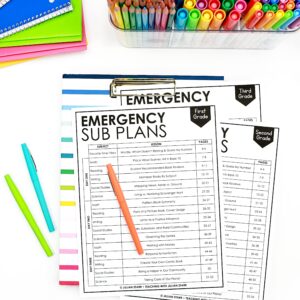

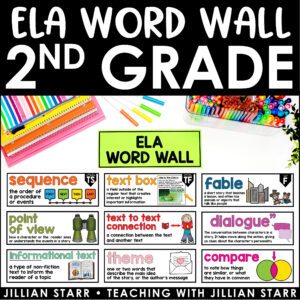
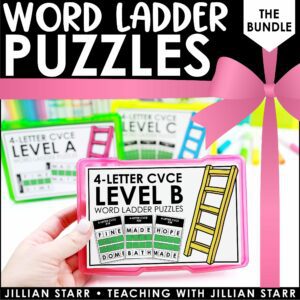
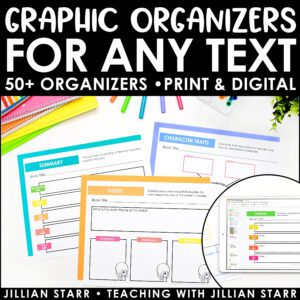


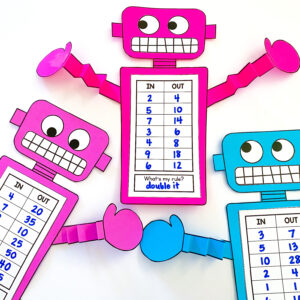


Leave a Comment